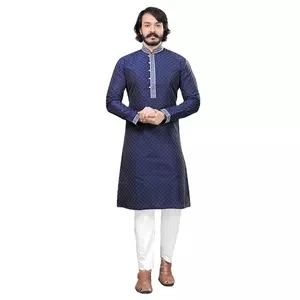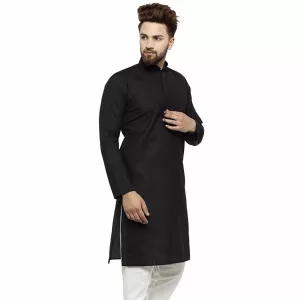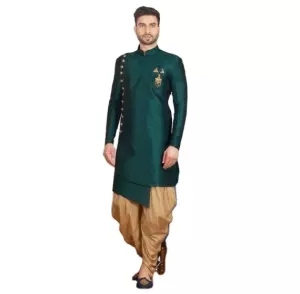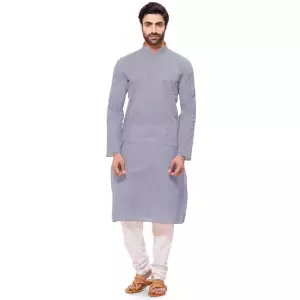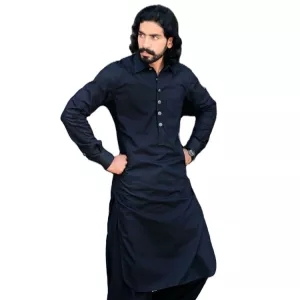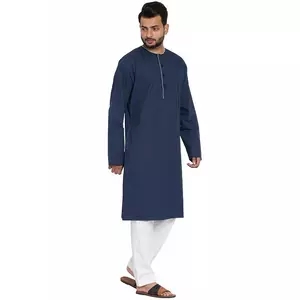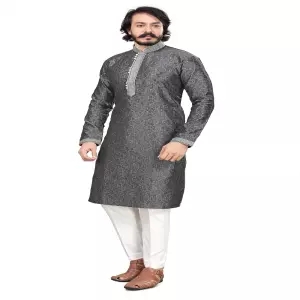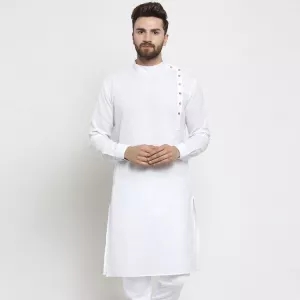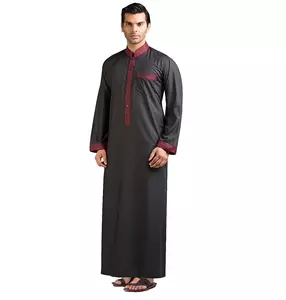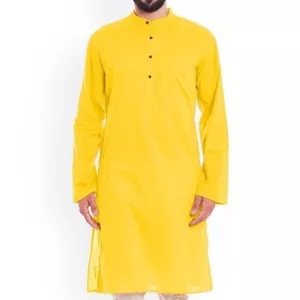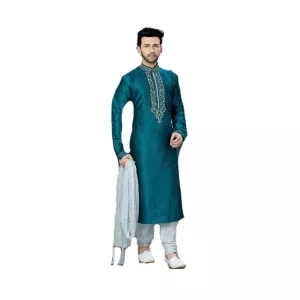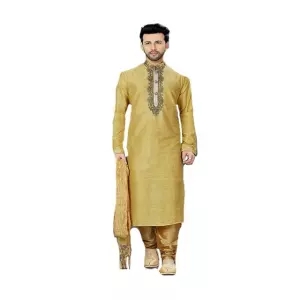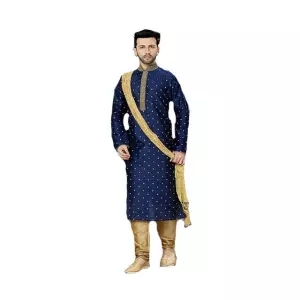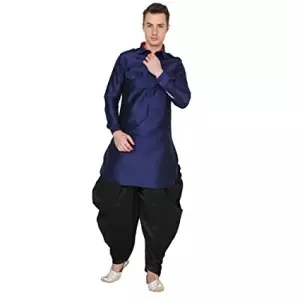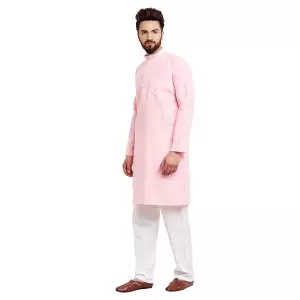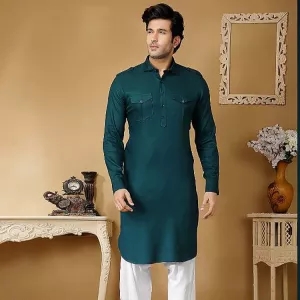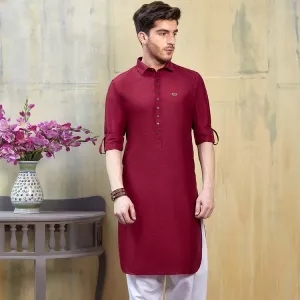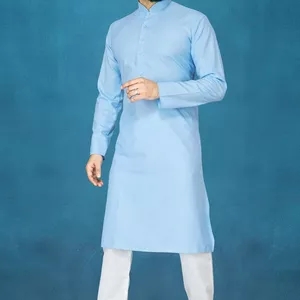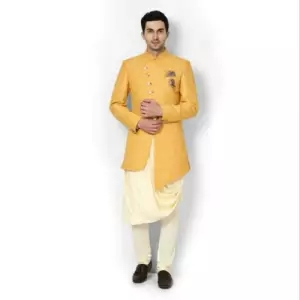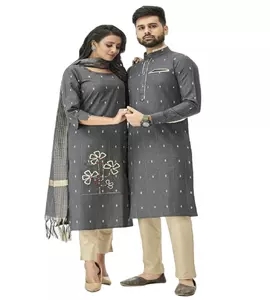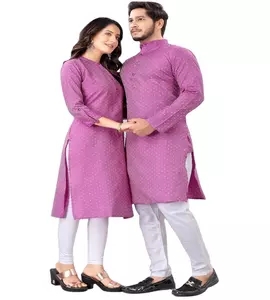What is kurta?
Kurta is a very loose shirt, similar to a tunic. It is a traditional, unisex garment that originated in Middle Eastern countries. A shorter version worn only by women is called kurti. Other countries such as Sri Lanka, the United Kingdom and Canada call kurta as Punjabi. The word “kurta” originated from Persian and literally means “collarless shirt”. The kurta is a loose-fitting shirt. The kurta, which originated in the tradition of Middle Eastern countries, is collarless and can be hung down to the wearer’s knees. The sleeves can also be loosened and hung on the wrist without getting thinner. The main part of kurta is made of two rectangular pieces of one fabric, one on the front and the other on the back. They are usually open on the front, with buttons or tie buckles in the middle or on one side of the clothes. Sometimes, some styles of buttons or buttons are in the shoulder seam instead of in the middle. Although it is very long, kurta or kurti always matches a certain type of bottoms. It can be paired with loose pants of similar materials, called paijamas or salwars, which can be worn with tighter pants. You can even match kurtas with jeans.
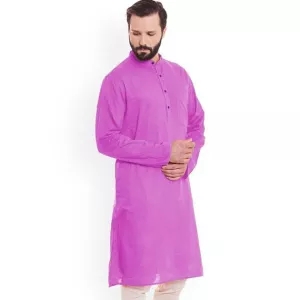
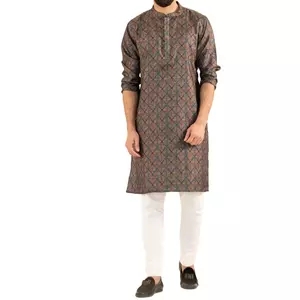
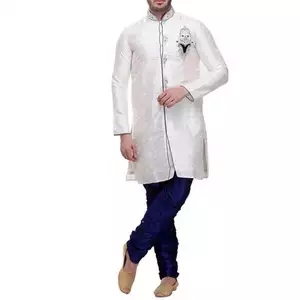
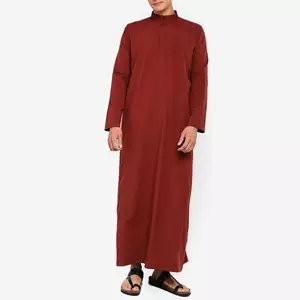
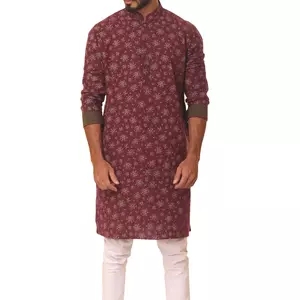
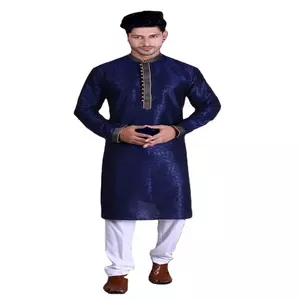
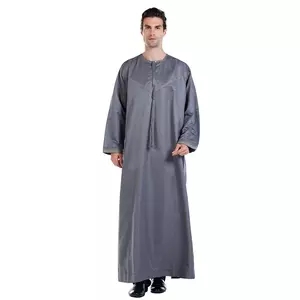
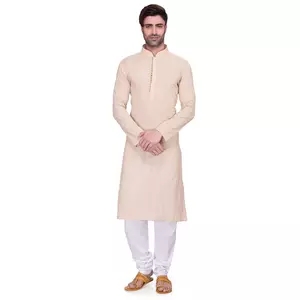
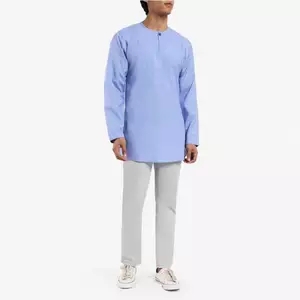
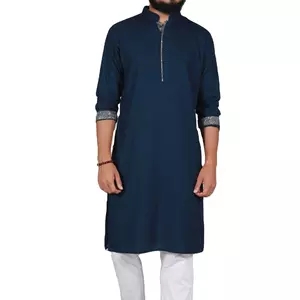
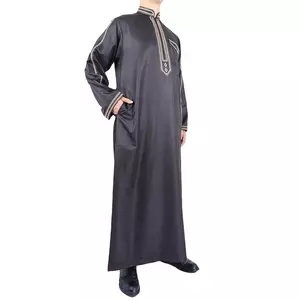
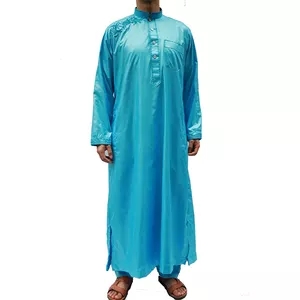
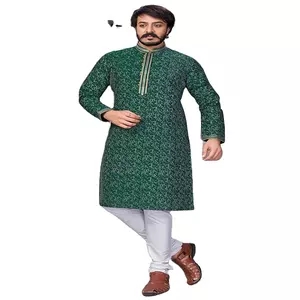
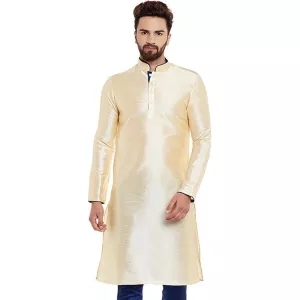
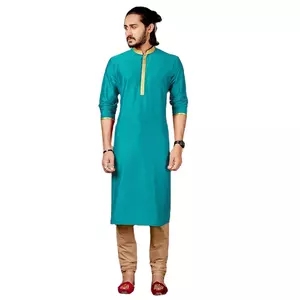
Features of Kurtas pajamas:
Kurtas usually don’t include collars at all, but in recent years, purely for aesthetic reasons, an upright Chinese collar has been added to some styles. Kurtas can be very casual or very formal, depending on their materials and decorations. Way. Kurtas for summer leisure are made of cotton or thin silk. Wool Kurta provides more warmth in winter. Formal kurta can be made of luxurious materials, such as heavy silk, and they may also include some decorations, such as delicate embroidery and beading, especially at the hem of the shirt and the front opening. Removable cufflink-like buttons are sometimes used in formal occasions. Many South Asian tailors specialize in custom kurta designs in the 1960s and 1970s. As Middle Eastern culture became part of the hippie movement, this style became popular all over the world. In the 1980s and early 1990s, apart from ordinary traditional clothing, Kurtas rarely appeared. They began to re-enter the fashion industry in the late 1990s and early 21st century.
